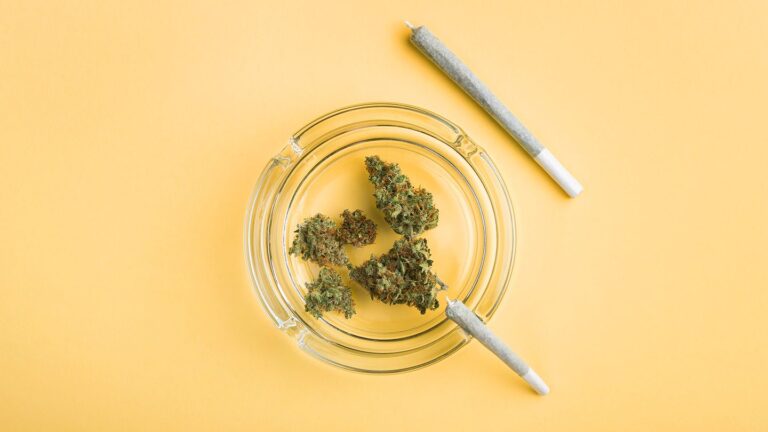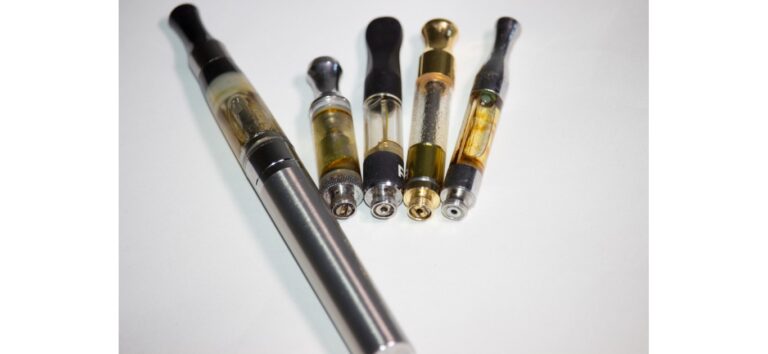
Perfecting your Direct to Film (DTF) transfer technology can help your garment printing company stand out. The custom DTF Transfers provide a flexible and premium approach to producing vivid, long-lasting patterns on many textiles. This article will help you through the processes to get perfect DTF transfers, therefore making sure your prints stand out and create a lasting impact on your clients.
Appreciating DTF Transfers
DTF transfers print patterns into a unique film, which is then heatedly transferred to fabric. High-resolution prints with great colour vibrancy and durability are well-known results of this process. Here’s how to become great at this method.
Choosing the Correct Tools
Selecting appropriate materials is the first step in honing your DTF transfer. Clear, sharp patterns depend on high-quality transfer films and inks. Use movies that fit your printer and inks that provide rich, long-lasting colours.

Getting ready Your Design
Correct preparation of your design is crucial before printing. Create or modify your artwork using graphic design tools to guarantee it is in high-resolution form. To prevent any problems during the transfer procedure, pay close attention to minute elements such as color correctness and size.
Design Printing
Your design is ready for printing now. Make sure your printer settings are DTF printing-friendly. For your ink and film combo, choose the proper profile. First to look for any differences, print a test sheet; then, make any corrections.
Using Adhesive Powder
Dust the wet ink on the film with the sticky powder after printing. This stage is vital to guarantee the pattern fits the cloth well. Make sure the powder covers the whole printed area and is spread equally. To prevent clumping, toss aside any extra powder.
Fixing the Print
To cure the print, the adhesive powder is melted under heat thereby forming a link between the ink and the film. For your materials, configure a heat press to the suitable temperature and time duration. This stage guarantees your design’s ready-for-transference condition.
Turning the Design Into Fabric
It is now time to translate the pattern onto the cloth. After setting the film on the garment, cover it with parchment paper and heat press it. For a good transfer, follow the advised temperature, pressure, and time conditions. Once finished, let the cloth cool before taking off the coating.
These techniques will help you to become proficient in custom DTF Transfers and advance your garment printing. Using the correct tools, careful planning, and attention to detail can help you produce amazing, premium designs that will wow your clients and strengthen the standing of your company. Start honing your DTF transfer method right now to see how much your company will expand.







